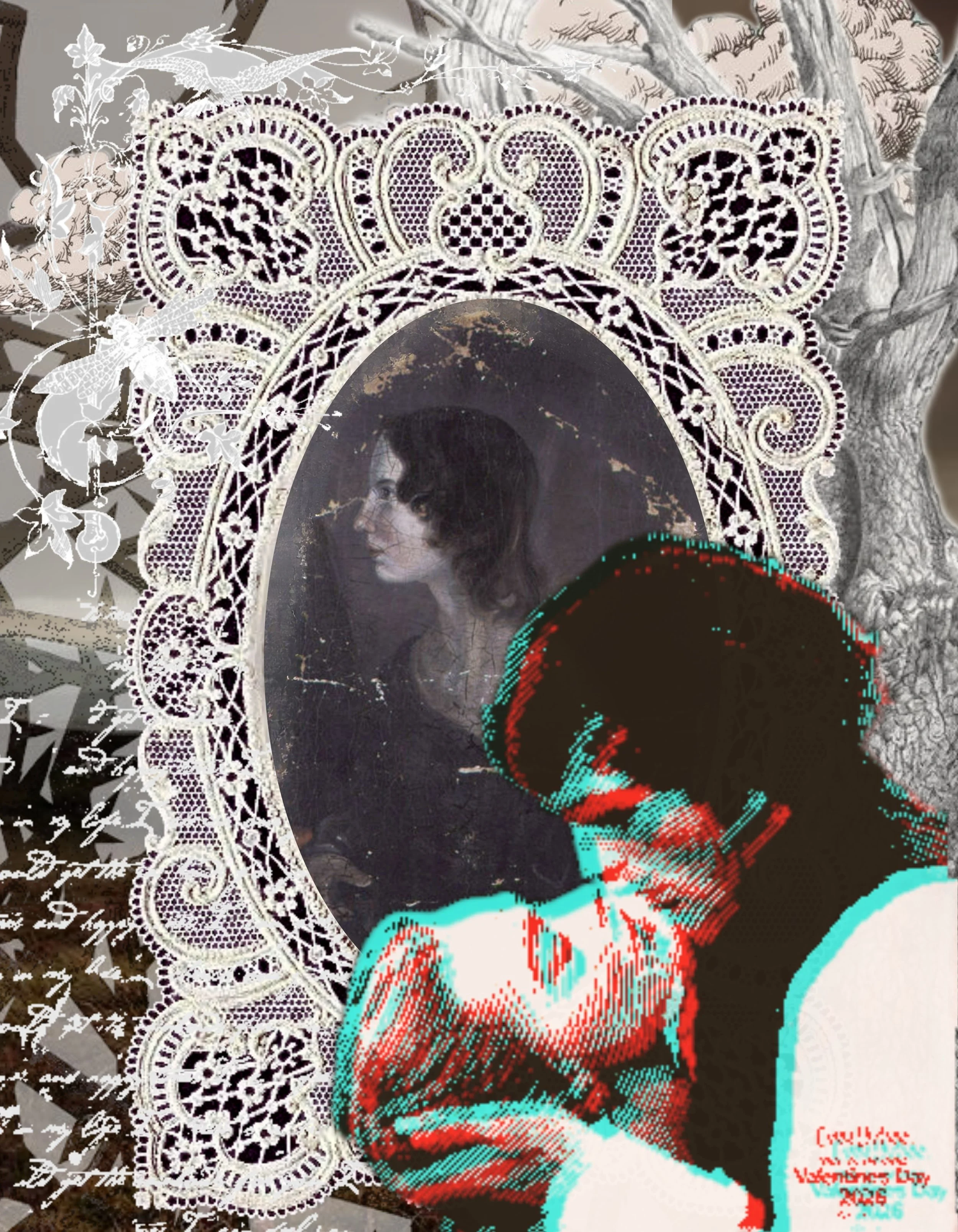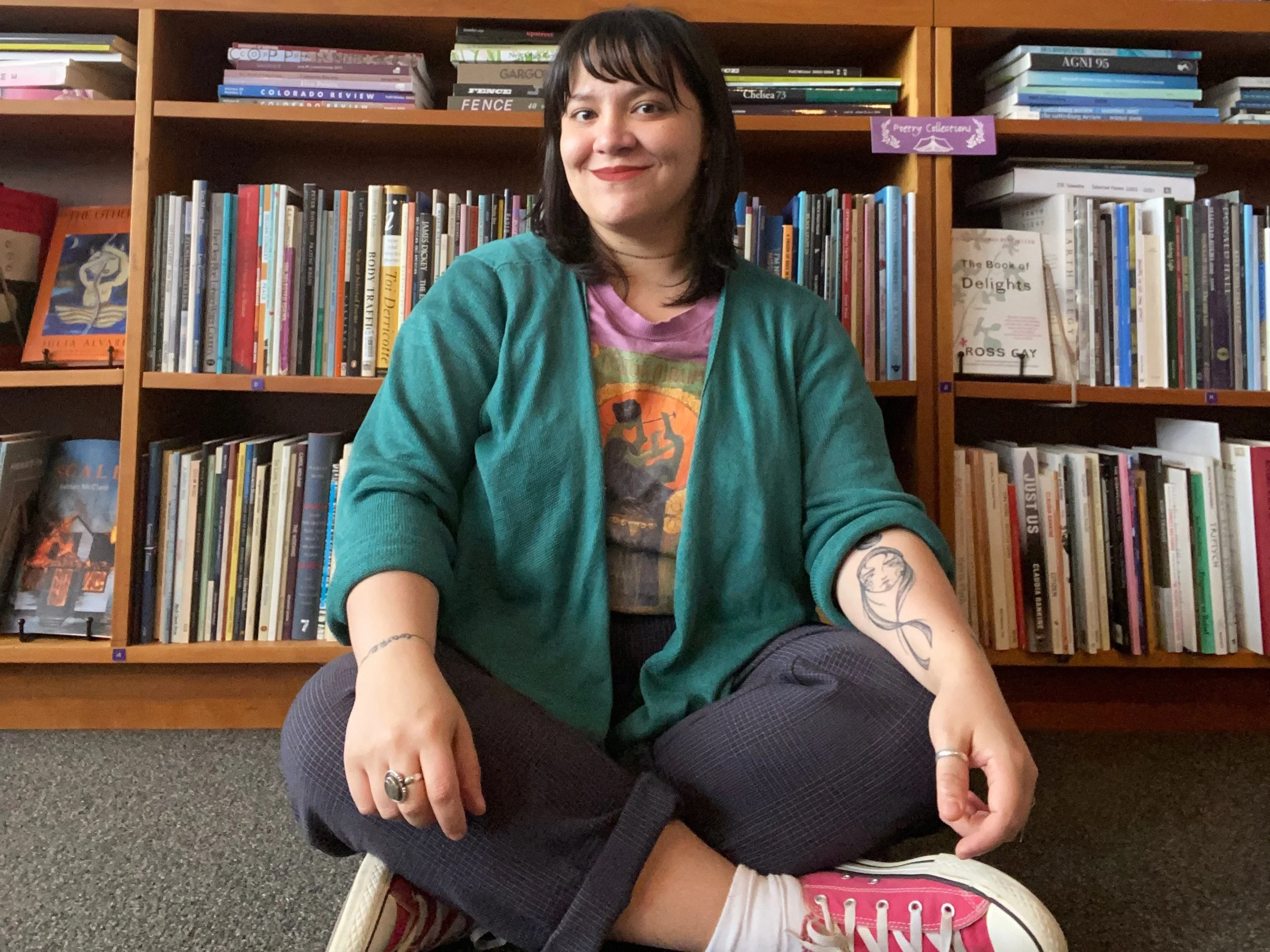By Emily Finnila ’27
Contributing Writer
A beloved bookstore in western Massachusetts, the Montague Bookmill is about a forty minute drive from campus. Mount Holyoke News had the opportunity to interview its owner, Susan Shilliday, about the importance of bookstores.
The following interview has been edited and condensed for clarity.
How did you first discover the Bookmill?
[My daughter], she's the one who introduced it to me. She would come up here to study. And when I visited her, she knew I would love it. And so she brought me here.
And what made you decide to take over the business?
It seemed sort of a crazy thing to do, but it just seemed like the right thing to do. I had moved here because I couldn't stay in Los Angeles. I was still working as a screenwriter, but my career was definitely winding down because the business had really changed and also, being a woman in the film business is nothing compared to getting older. I mean, ageism is just awful. So there wasn't as much work. And I was just kind of, almost unconsciously, looking for something new.
Do you still work on writing projects at the Bookmill?
In the beginning, I was still writing. Now, not so much. Everybody else can do all the writing now. People are always here working on their books and a lot of theses get written, a lot of school work gets done. It's very much a writer's community and a writer's world.
Why do you think community spaces like the Bookmill are so important?
I think it's really important for people to feel that bookstores are a welcoming place in the community and a permanent part of the community. It's the third place. A place where people can gather and feel comfortable, just hanging out for a while, reading, working, buying books, doing whatever, meeting friends, having first dates. All kinds of things. We all find that [the Bookmill] has a very warm feeling. No one's ever afraid to be here after dark.
And people are still buying books. People will often say, oh, you know, it's so sad, people aren't reading anymore. That's not what we find. People are still buying books, young people are still buying books. Books are still very important to a lot of people. They're not going away.
What kind of books do you sell here? What can students expect to find?
I would say we have books that are of interest to the general public. There's no specialty. All kinds of people bring their books in. A lot of people my age who are downsizing, a lot of students who accumulated a lot of books and need to get rid of some before they move on, all kinds. And that never gets old. Of all the things that I do here, sitting down and going through a box of books is always fun. You never know what you're gonna find. There's something here for everybody. That's really what we aim to do.
What can you tell students about what it’s like to run a bookstore?
It's enormously rewarding, I would say. I'm lucky. One of my favorite things is when someone walks in the door and says, “I don't know what to read. Can you help me find something to read?” And I love that. And I'll ask them, “Okay, what's the last thing you read that you really liked?” And then trying to match somebody with a book is— just tremendous. That's tremendous fun to me and I feel a great sense of accomplishment, if I can find somebody something that they enjoy reading.
What’s next for you and the Bookmill?
I really don't know. This is an important part of the community. I mean, you're not allowed to change anything at the Bookmill. If a chair finally falls apart and I throw it out, somebody will be very upset, because that was their favorite chair. [So,] I'll keep doing [this] as long as I can. I'm not sure how much time I have left. If there is a next. But I will certainly keep this going.
Jillian Stammely ’28 contributed fact-checking.



















